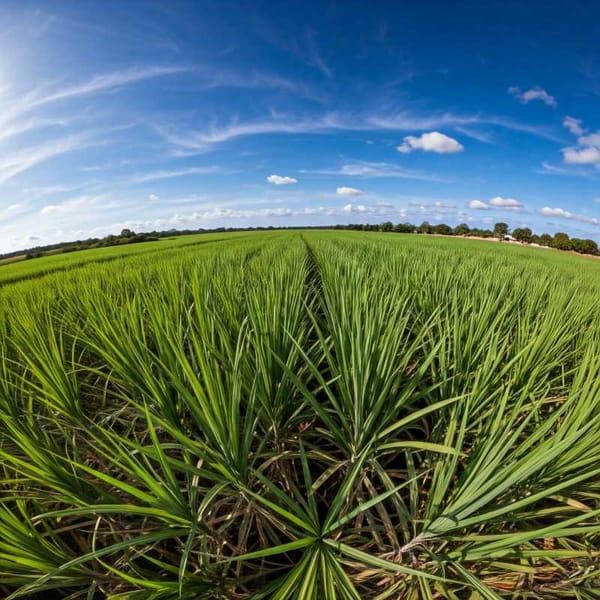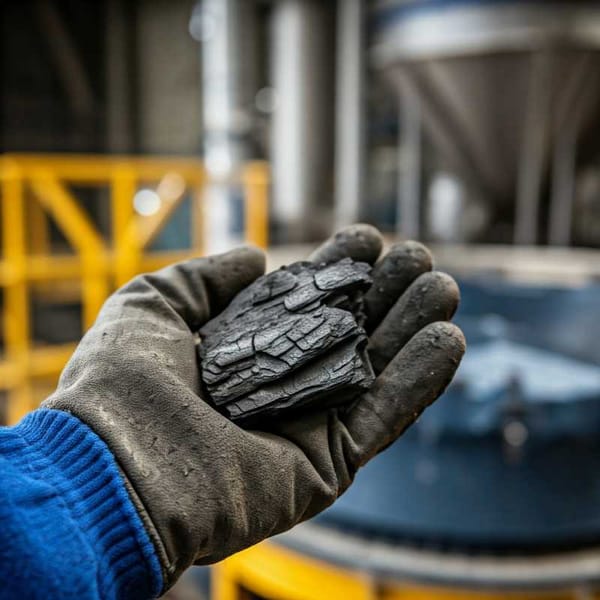How Rising Temperatures are Cooling Mexico's Economy
Mexico's economic future is at risk due to climate change. Rising temperatures and extreme weather hurt agriculture and GDP. Experts urge CO2 reduction and sustainable practices to avoid a future food crisis and economic decline.

The constant variations in temperature and precipitation, because of global warming, generate adverse effects on the country's economic growth, which will worsen towards the end of the 21st century if urgent measures are not taken, considered the director of the Institute of Economic Research (IIEc) of UNAM, Armando Sánchez Vargas.
During the Seminar on Research Advances (SAVI) 2024, in which the IIEc organized a special session on the occasion of Earth Day, he noted: the economic growth projections for Mexico are not very encouraging, considering the different climate scenarios until year 2100.




